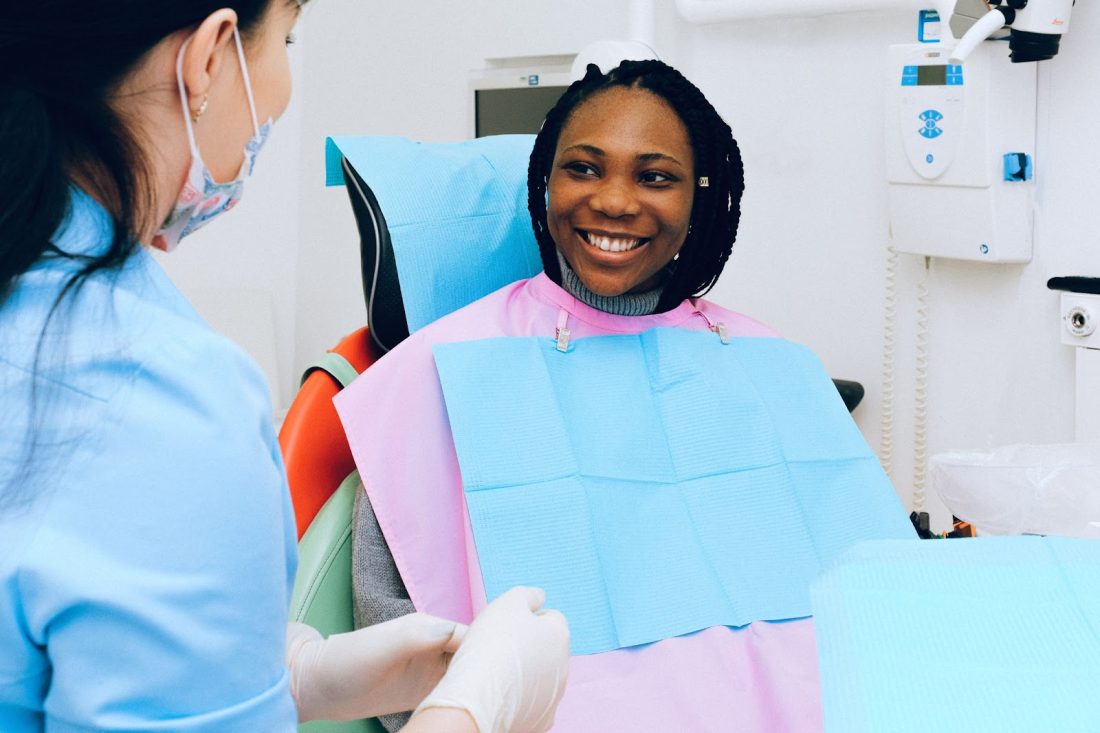Whether searching for a new dentist or going to the same oral health professional for years, you should always be aware of recent dental advances. This helps you to receive the best dental treatments available. The dental niche is constantly developing, with dentists always looking for new and improved approaches to dental care. Laser dentistry is one of the advancements in dental treatments; it has been in use for many years, but recent advancements have modernized the process, making Midtown Manhattan laser dentistry quite popular today.

What is laser dentistry?
The term refers to the use of lasers in various dental works. Dental lasers use a thin yet powerful beam of light energy to address dental issues. They eliminate heat, pressure, and vibrations, causing a patient to experience less or no pain. For example, a patient may not require anesthesia when using a laser for cavity filling. When your dentist uses lasers in their dental procedures, they use one of the newest and best dental technologies. Besides being safe and effective, laser technology can be used in numerous dental procedures. Below are the types of lasers used in dentistry and their applications.
Types of lasers used in dentistry
Hard tissue and soft tissue lasers are the two main types of lasers dental specialists use during laser procedures. Each laser uses a different wavelength, making it appropriate for cutting into a particular tissue. Different tissues absorb light wavelengths in various ways, making this practical. By changing the light’s wavelength and pulse, specialists discovered how to craft lasers with light wavelengths compatible with your mouth tissues.
Hard tissue lasers
These are primarily used for the teeth. Hard tissue lasers use a wavelength that cuts through water and bone, especially the calcium phosphate in your bones and teeth. Dentists use these lasers to accurately cut into teeth, removing small amounts in preparation for a procedure or shaping. Your oral health professional may use lard tissue lasers to:
- Detect cavities
- Prepare teeth for dental fillings
- Deal with tooth sensitivity
Soft tissue lasers
These lasers use a light wavelength that is easy for water and hemoglobin to absorb. Hemoglobin is a molecule found in blood, making soft tissue lasers ideal for gum work. We also have soft tissue or diode lasers, a type of continuous-wave laser. Soft tissue lasers cut into soft tissue while simultaneously sealing the exposed blood vessels. This explains why bleeding is minimal during laser dentistry and healing is faster. These lasers are ideal for a cosmetic procedure since you can immediately see the results. Below are various uses of soft tissue lasers.
· Crown lengthening
· Gum reshaping to create a more pleasing smile
· Unfolding oral soft tissues; this may be a result of wearing dentures
· Improving restricted tongue movement
You can expect a more straightforward procedure and shorter recovery if you have laser gum surgery or hard tissue work. Laser dentistry effectively treats various dental problems, whether severe issues or cosmetic concerns.
If you have further questions about laser dentistry, consult your oral health professional at New Dimension Dentistry.



